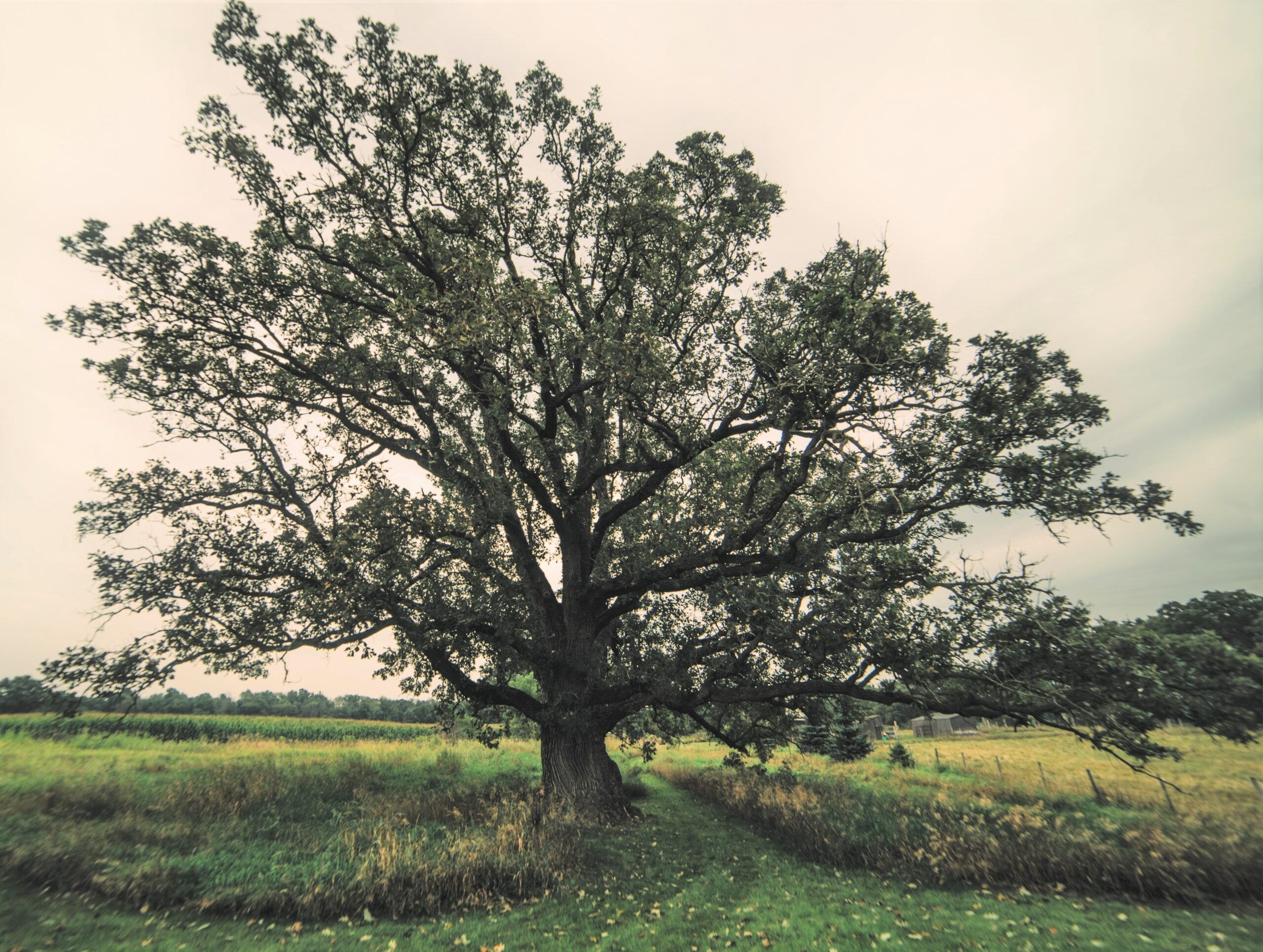Larry Meiller gets an update on the fox and coyote population near the UW-Madison campus, and how researchers are tracking them. Plus, how to become a Wisconsin Master Naturalist, and a bald eagle photo contest to enter.
Featured in this Show
-
Species That Winter In Wisconsin Have Strategies To Survive
When the snow starts to pile up and temperatures get frigid, wildlife in Wisconsin must find a way to cope.
Some species, like many of the birds that spend the warmer months in the state, deal with the severe winters by migrating. But there are other birds that are in Wisconsin and the Upper Midwest year-round as well.
Jamie Nack, a wildlife outreach specialist in the Department of Forest & Wildlife Ecology at the University of Wisconsin-Madison, points to the example of black-capped chickadees, which spend the winter in the state. It may seem impossible for such a tiny bird to survive a harsh winter, but she said that they have several strategies.
Nack said that some birds will roost in groups in conifers order to take advantage of shared body heat and for the protection that the trees provide. She added other birds, like the chickadee pictured above, will also fluff their feathers in order to create insulating air pockets to keep themselves warm.
In addition, birds that spend the winter in northern climates will often have dark plumage. That means that they are able to absorb heat from the sun, even when its rays are weaker.
“On sunny days, even if it might be bitterly cold, if they can stay out of the wind, they are absorbing quite a bit of solar radiation. That also helps keep them warm,” said David Drake, a wildlife specialist with UW-Extension and an associate professor of Forest and Wildlife Ecology at UW-Madison.
When it comes to the state’s insects, some — like monarch butterflies — also migrate, but the vast majority of species overwinter in the state. Often, Nack said, that means burrowing into groundcover or the first few inches of soil to avoid freezing temperatures.
Some insects will also spend the winter indoors if they can find a way in.
“I know we get a lot of the ladybugs popping out of places in our house where you’d never expect them to be when the weather starts getting warm. So they find these microclimates and are able to survive the winter just fine,” Drake said.
Some mammals will hibernate, and others, like bears, will spend the winter in a state of semi-hibernation, Nack said. Either way, warm-blooded bodies need a lot of fuel to get through the winter.
“For the most part, their strategy is to pack on a lot of fat in the fall … Their food source is just not available to them at this time of year,” Nack said.
More information on how Wisconsin’s wildlife, including frogs, fish, and snakes, deals with winter is available in an article called “Toughing it out when the temperatures drop” in the Wisconsin Natural Resources magazine’s most recent issue.
Episode Credits
- Larry Meiller Host
- Judith Siers-Poisson Producer
- Jamie Nack Guest
- David Drake Guest
Wisconsin Public Radio, © Copyright 2024, Board of Regents of the University of Wisconsin System and Wisconsin Educational Communications Board.

